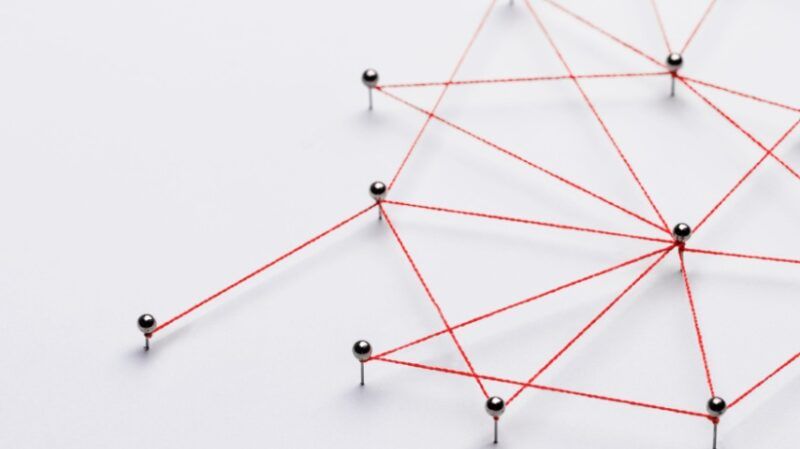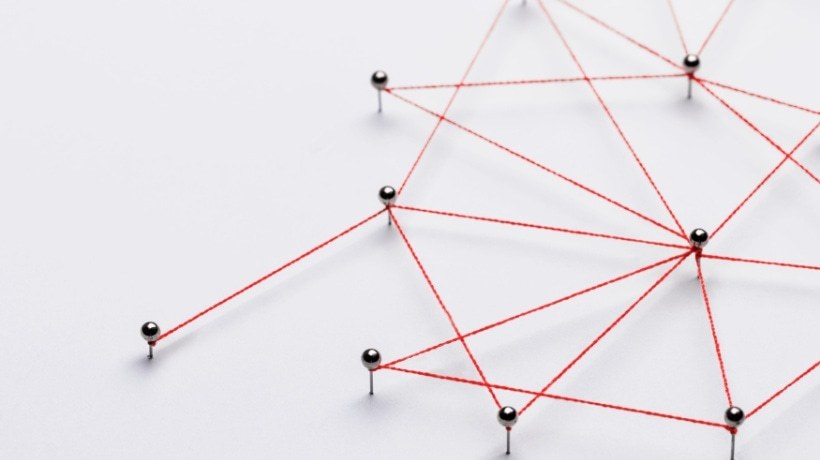
Presentation of connectivism
Imagine that you want to know more about a specific subject, that you need it for your career or as part of your educational journey. Instead of buying manuals and studying them page by page, you try something different. You listen to expert podcasts on the issue, follow the researchers' LinkedIn articles, look at the Youtube explanators, join a related reddit community and even have conversations on forums or group cats. Slowly, you manage to obtain a deep and practical understanding of the subject without ever using traditional learning methods. This type of learning, which seems to create a network of resources, is exactly what the pedagogy of connectivism describes.
Presented by George Siemens and Stephen Downes in the early 2000s, the connection suggests that learning does not only concern what you know, but how you find and connect knowledge on a network. And as information these days is everywhere, blogs and videos in forums and research articles, this concept is more relevant than ever. Connectivism encourages us to connect to the right information when we need it, collaborate with others and constantly update our knowledge as new information appears. Let's decompos that.
Key characteristics of connectivism pedagogy
George Siemens and Stephen DownesTwo thinkers and educators proposed the pedagogy of connectivism in the early 2000s. They saw that in the digital age, learning is not only to absorb knowledge. It is a question of navigating it: connect with people, ideas and resources which are often distributed on different platforms, cultures and technologies. In other words, learning occurs on a network. Basically, the connection suggests that knowledge is no longer only stored in our heads but distributed on a network of connections, including other people, databases, tools and systems. Learning is therefore not so much to memorize facts as to find, assess and give meaning to the right information at the right time.
Some of the key characteristics of connectivism are:
- Knowledge is distributed on a network and not only in the same place.
- Learning is to connect with new sources, communities and technologies.
- Decision taking is part of learning. Since the information can change, decide what to learn, when learning it and how to check it is an essential skill.
Implementation of connectivism pedagogy in Elearning
Personal learning networks
If you really want to adopt connectivist learning, you must completely abandon the idea that learning is linear and think more like a network. Instead of sending each learner to follow exactly the same steps, why not give them the choice? Consider your course as a network of resources, where learners can explore different directions according to what interests them. After all, learning the real world involves meeting articles, videos and conversations that connect in several ways. A simple way to start is to offer optional reading paths or alternative case studies. After a module, you can share links to podcasts, webinars or even expert interviews. These are called personal learning networks, and each learner decides what resources they will follow by themselves. This flexibility gives them more control over their learning journey, which motivates them more.
Content conservation assignments
Regarding learning in today's world, we need to teach learners how to organize information, not just absorb it. This means showing them how to bring it together, filter it and organize it significantly. This is where content conservation assignments come into play. Instead of asking learners to simply memorize facts, give them a project where they explore a subject, find resources and explain why these resources count. It is a question of training them to question the credibility, value and connection of a source to existing knowledge. For example, instead of asking them to write a test on a subject, ask learners to create an organized reading list of the five best articles or relevant podcasts. Each element would include a short summary and a note on the reasons why they chose it. In addition, content conservation projects are more natural because learners can practice the real skills they will use in life, such as research or critical thinking.
Collaborative tools
Connectivism pedagogy is based on collaboration, because we often have to connect our knowledge with others to better understand the world around us. Collaboration also reflects the way we work and learn in real life: by sharing ideas, listening to others and solving problems together. So how do you bring this in an online course? Start by integrating tools for shared writing, brainstorming, cat or videoconference. You can also design team activities, such as live problem solving sessions where learners must work together or friendly debates on controversial subjects. After all, learning connection also consists in linking people.
Adaptability
The world of technology is still changing, as is facts, tools and even industries. One of the most precious things you can do in your Elearning course is to teach learners how to continue to learn long after the end of the modules. Start by giving them the basics of how to navigate the overload of information. Show them how to check the sources of facts, recognize credible information and locate statistics or obsolete biases. Then encourage them to remain flexible. The platforms and technologies are still evolving. This means that a tool they learn today could be replaced by something better tomorrow. Thus, the objective is not to memorize all the tools, but to be able to quickly collect new tools.
Conclusion
As a designer or educational educator, maybe try to design for the connection. Create spaces where learners can discover, share and develop their knowledge networks. Connectivism is not there, however, to erase traditional elearning. This is an important addition, and it is a way to make your lessons more relevant to our connected and fast world. By combining the connection with your regular teaching methods, you can create experiences that do not only teach facts but allow learners to continue to learn, question and connect to the future.


